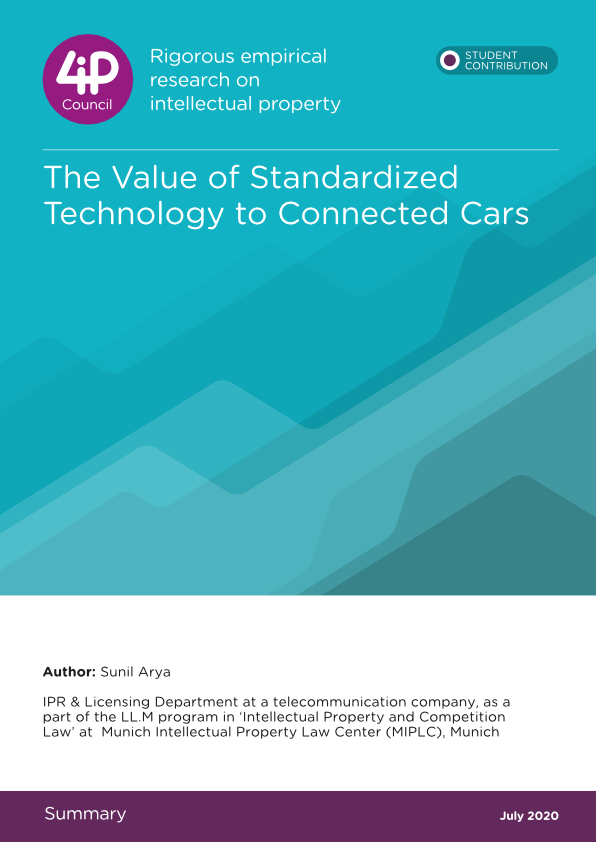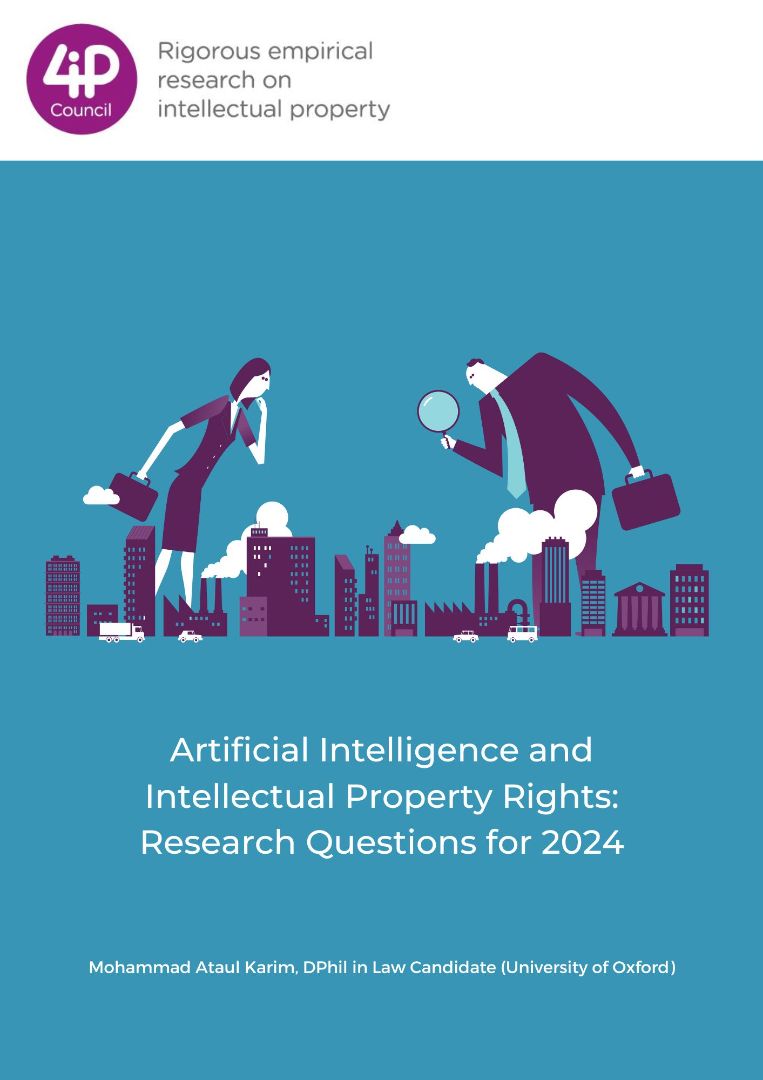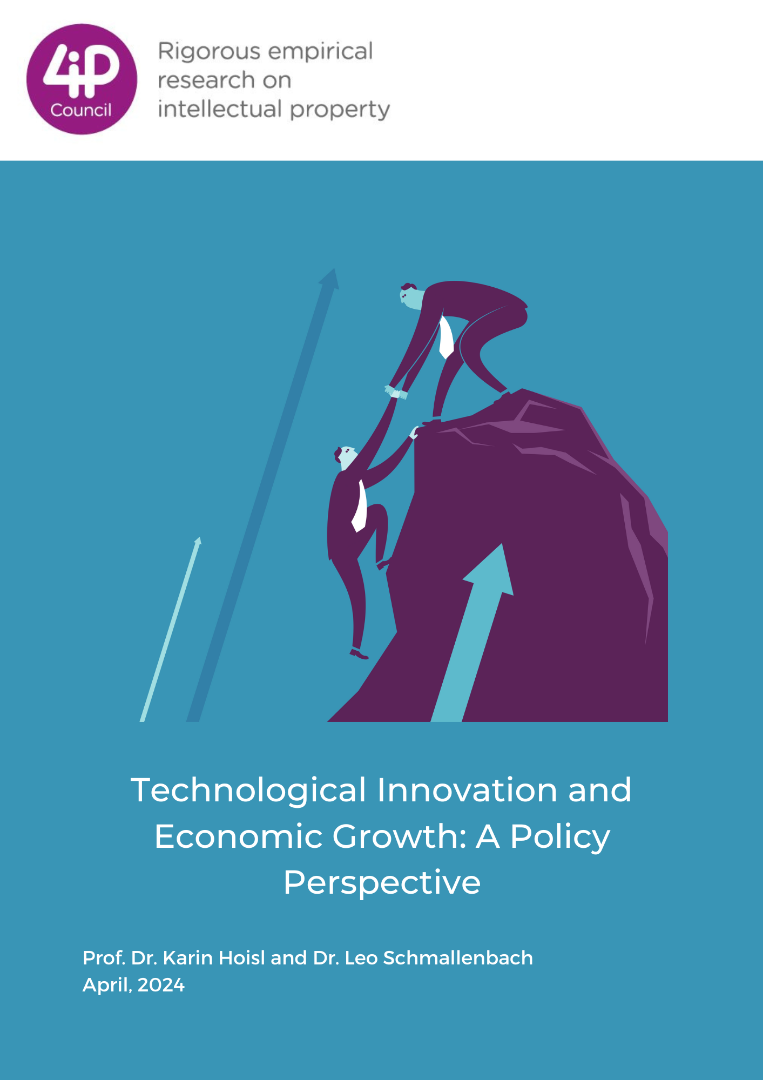The Value of Standardized Technology to Connected Cars
Sunil Arya
Executive Summary
Connectivity allows modern-day automobiles to improve their functioning and to enhance the user experience. There is a wide range of connected car applications based on standardized technologies being offered at present by various automobile manufacturers. This is achieved with features that range from increasing safety to allowing access to music and other forms of entertainment for the drivers and passengers to enjoy.
Five types of connectivity can be differentiated regarding cars, depending on the devices and environments to which the car connects: Vehicle-to-Infrastructure (V2I), for communication with devices which are part of the transportation infrastructure; Vehicleto-Vehicle (V2V), for communication with other surrounding vehicles without intermediaries; Vehicle-to-Cloud (V2C), for connection with off-board cloud computing system; Vehicle-to-Pedestrian (V2P), which includes people on foot but also other road users such as cyclists and public transport commuters; and Vehicle-to-Anything (V2X), when multiple simultaneous connections on different levels and with different vehicles, infrastructures and other objects are required.
Those five types of connectivity are combined and employed to provide different connected car applications to users. The following are the main categories of connected car applications which can be found.
- Mobility. Such as navigation, Real-Time Traffic Information (RTTI), parking, route optimization, etc.
- Safety. Such as information on road conditions, real-time warning of road hazards, response to crashes or theft, etc.
- Entertainment. Such as hotspot, music, podcasts, multimedia content for passengers, etc.
- Vehicle Management. Such as vehicle status (mileage, tire pressure, fuel levels), maintenance, remote applications, etc.
- Breakdown. Such as component diagnostics, health reports, and other outbound services, etc.
- Driver assistance and comfort. Such as autonomous driving, Advanced DriverAssistance Systems (ADAS), climate control, detection of driver’s fatigue or drowsiness, etc.






